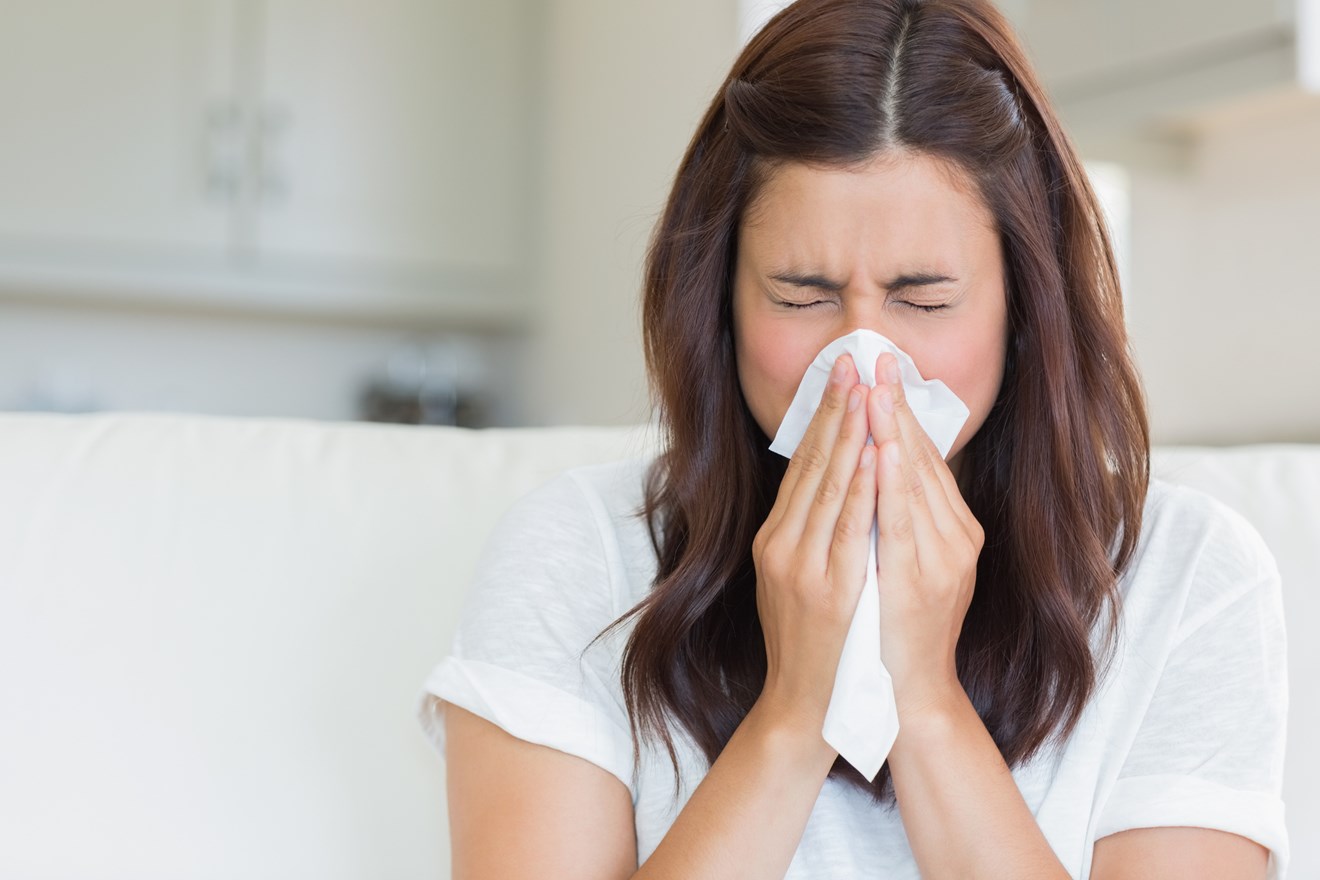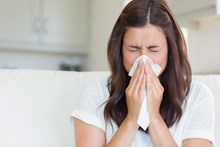With indoor air pollution continuing to impact the health and wellbeing of UK workers, employers are taking greater responsibility for the workplace environment in a bid to limit the effects of sick building syndrome – situations where employees or other building occupants experience acute health and discomfort levels that appear to be linked to time spent in a building.
A YouGov survey commissioned by the Building Engineering Services Association (BESA) reported that almost 70% of office workers believed poor air quality in their place of work was having a negative effect on their day-to-day productivity and well-being*.
“The health impacts of poor outdoor air quality are well-documented and have been linked to respiratory tract infections, lung cancer and chronic obstructive pulmonary disease. Inside you’ll find these same pollutants intermingled with dust, carpet fibres, fungal spores, cleaning products, photocopy residues or building materials, which create quite an unhealthy cocktail of contaminants that eventually permeate across the workplace,” said Steven Loughney of Siemens Building Technologies. “And with most of us spending 90% or more of our time indoors it is little wonder that some people claim work is literally killing them – this might not be the case, but indoor air pollution is certainly having a detrimental effect on our long-term health.”
A myriad building-related factors such as room temperature, light and noise, humidity, CO2, chemical contaminants (volatile organic compounds – VOCs), air quality and naturally occurring poisons can inflame symptoms for many sufferers requiring more precise controls over environmental factors in the workplace.
“Businesses have been showing interest in all kinds of solutions to help improve the work environment including physical redesigns, retrofit options for older buildings or total room automation technology solutions,” continued Loughney.
Air quality improvements can be made through the deployment of advanced HEPA and carbon-activated air purifiers to screen harmful pollutants while air-quality monitors, sensitive to PM2.5 warn of foreign particles <2.5 micrometres Ø that are small enough to travel deep into the lungs. Physical redesigns of buildings might involve adding ventilation to take advantage of prevalent winds or creating windows to exploit aspects that take advantage of natural light. Converted older buildings may have issues with heating, ventilation and air conditioning with access and power limitations. For complete internal environmental control, total room automation solutions offer a fully integrated system that maintains the perfect environment. A network of high accuracy self-calibrating sensors feed real-time information back into these systems to manage HVAC, lighting and CO2 levels.
“Sometimes it can be very difficult to diagnose the exact cause or combination of elements that is making people feel ill but we think it is right that both employers and employees have been asking questions about the buildings they work in and to what degree they might be affecting their health and wellbeing,” concluded Loughney.
Symptoms of sick building syndrome may include:
- headaches
- blocked or runny nose
- dry, itchy skin
- dry, sore eyes
- rashes
- tiredness and difficulty concentrating
[source: https://www.nhs.uk/conditions/sick-building-syndrome/]
* https://www.thebesa.com/news/70-of-office-workers-complain-about-poor-air-quality/


